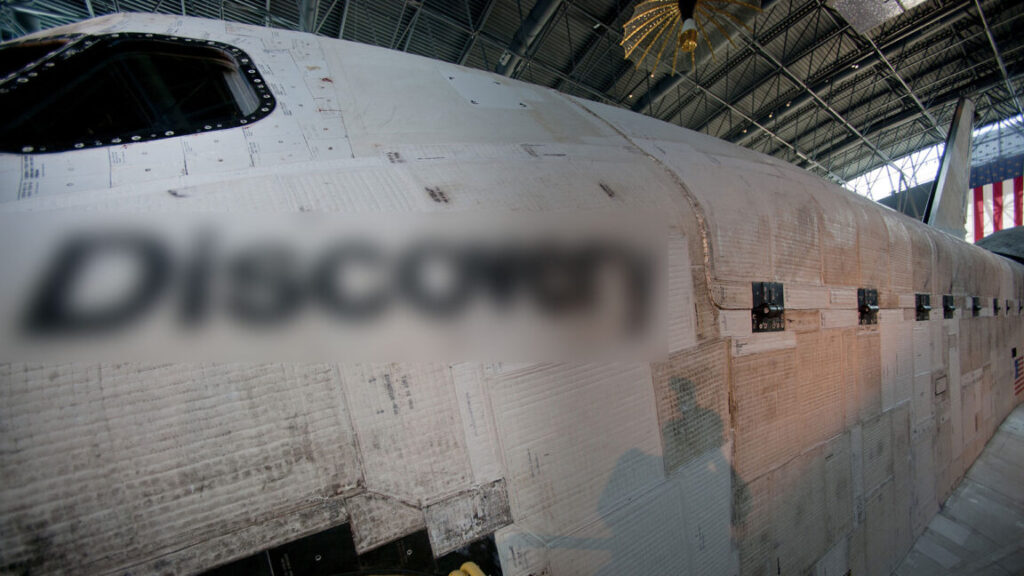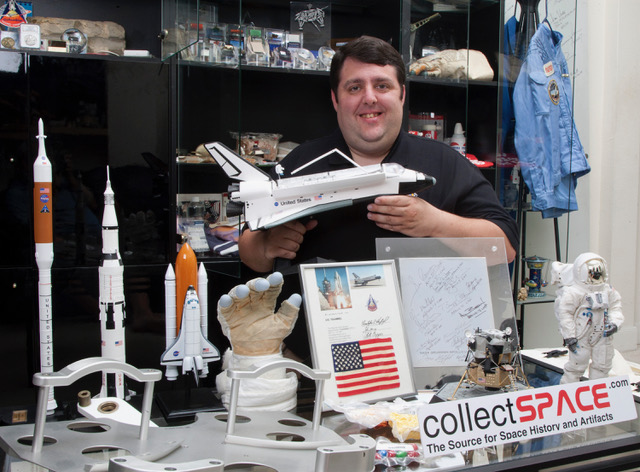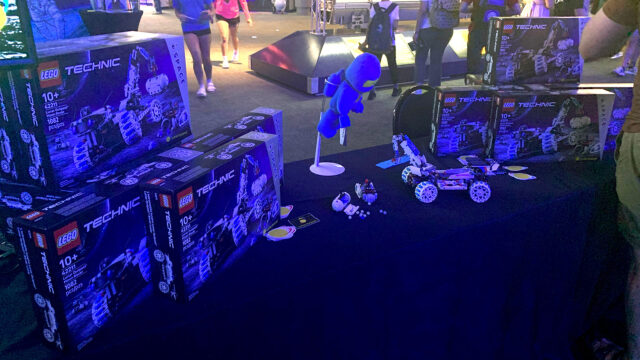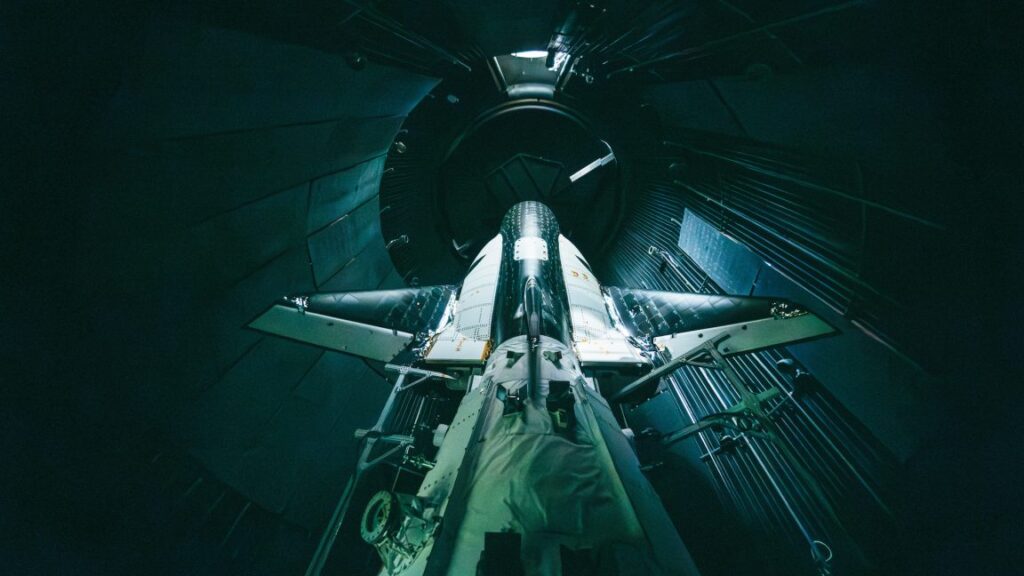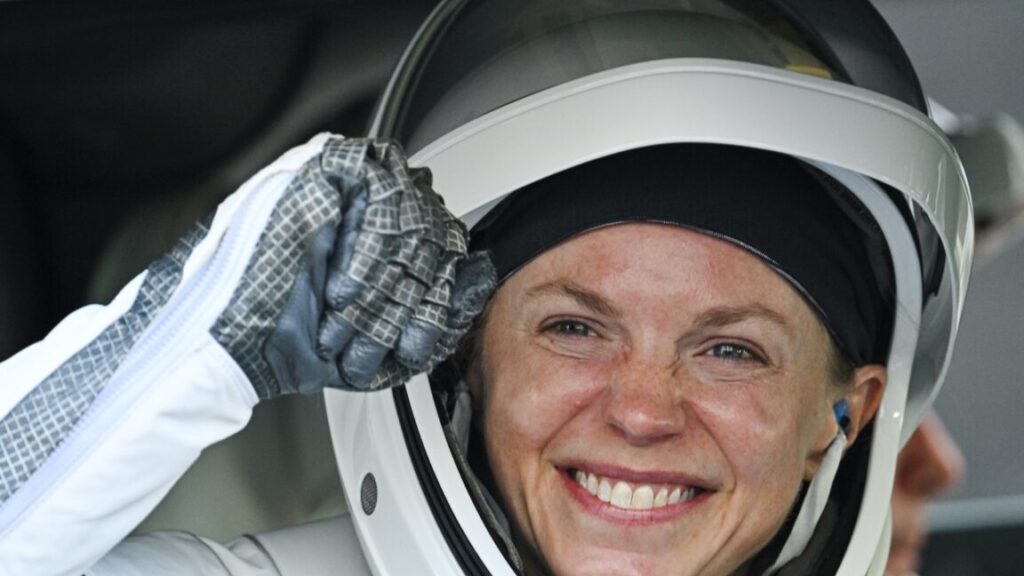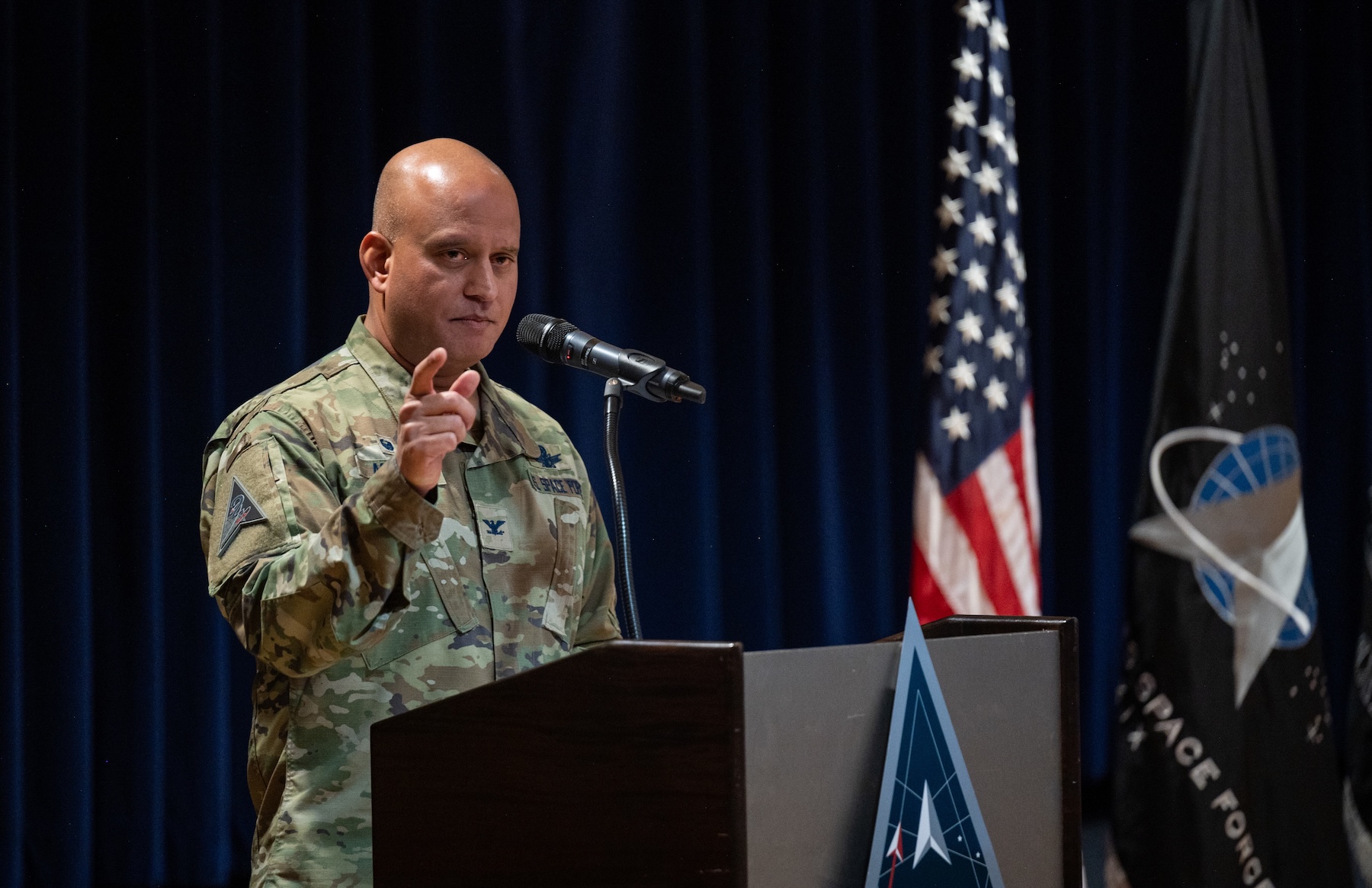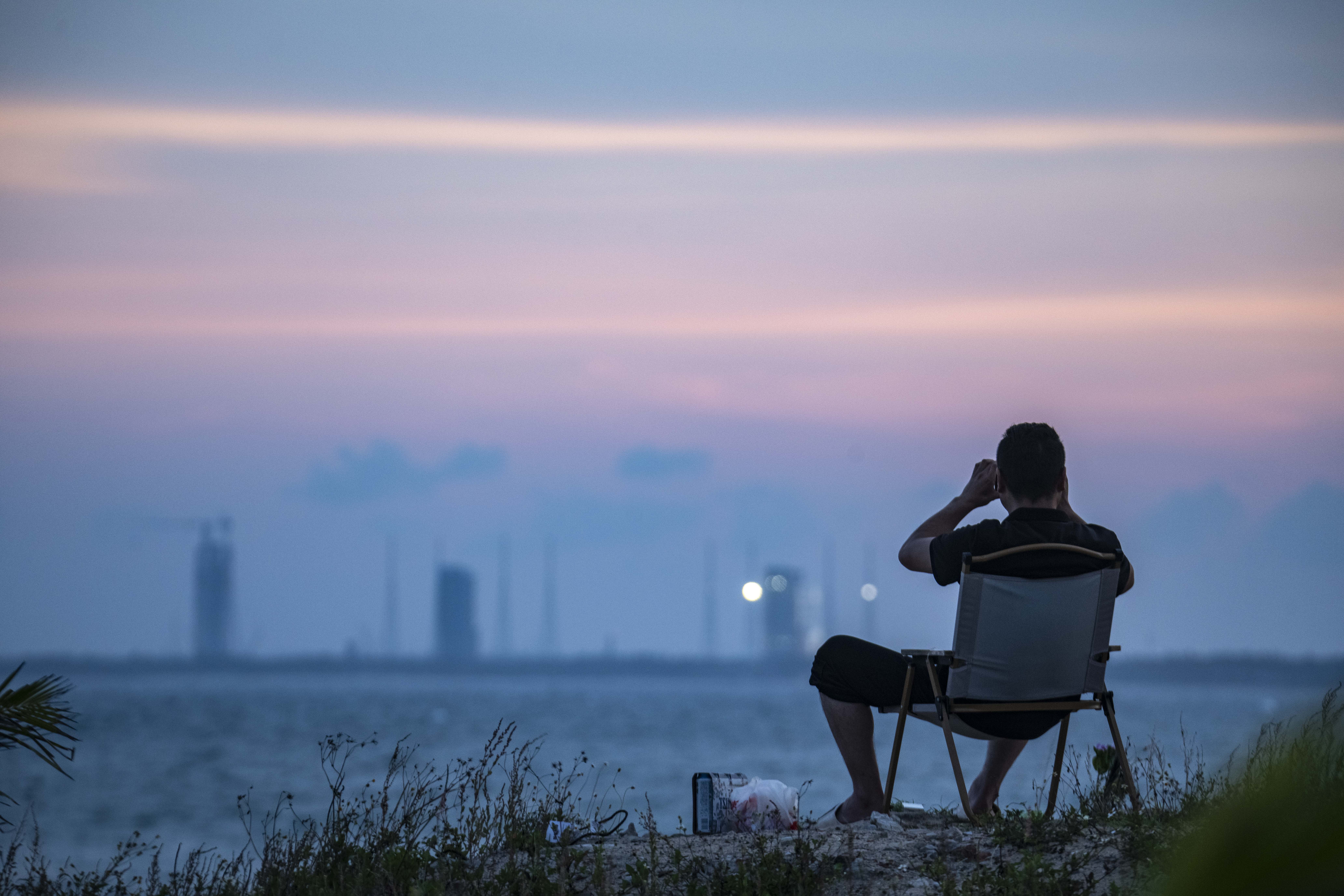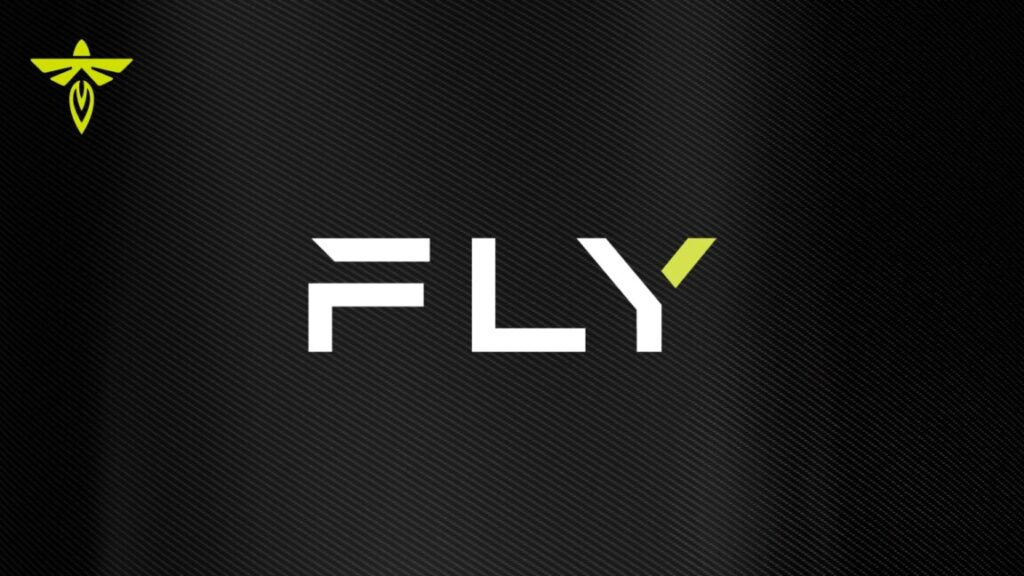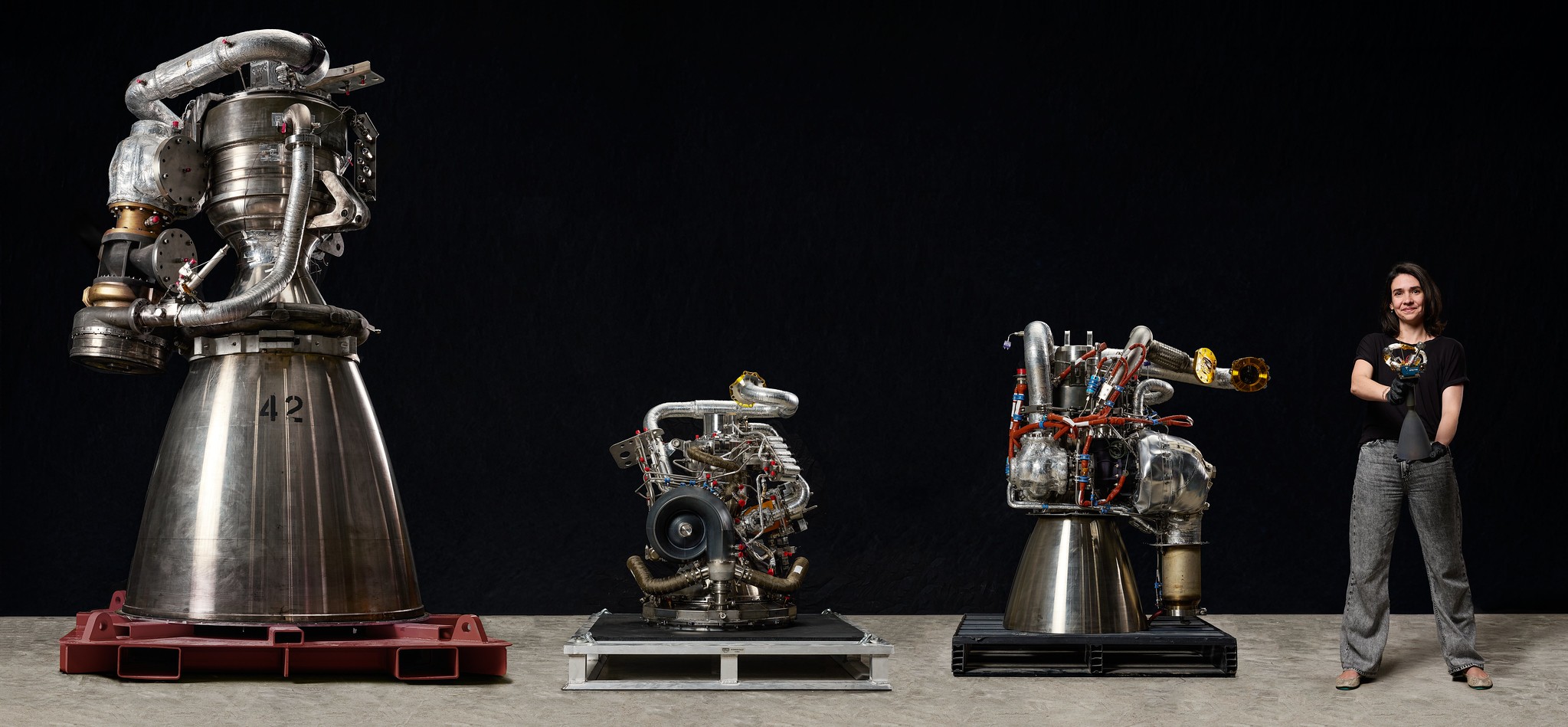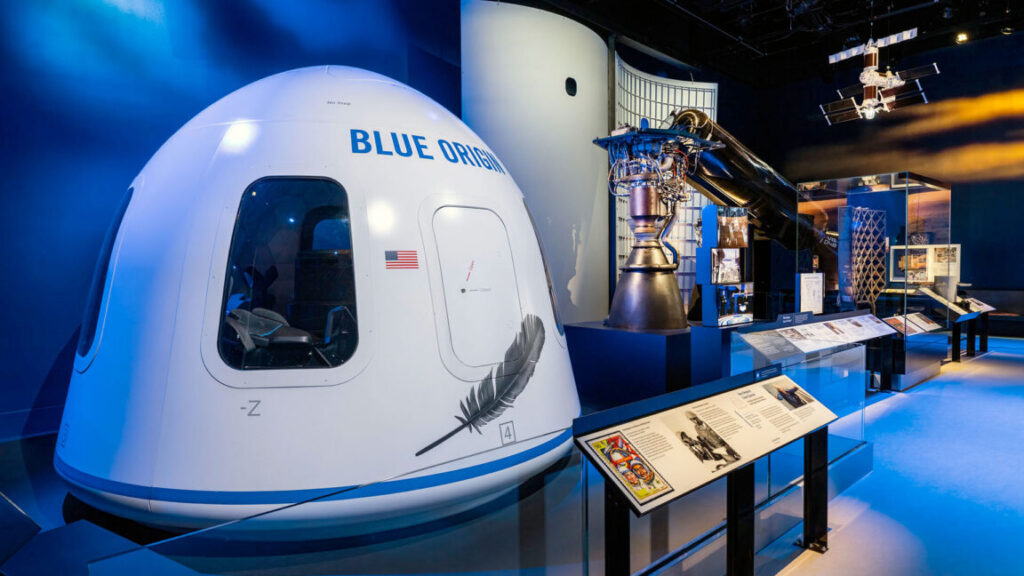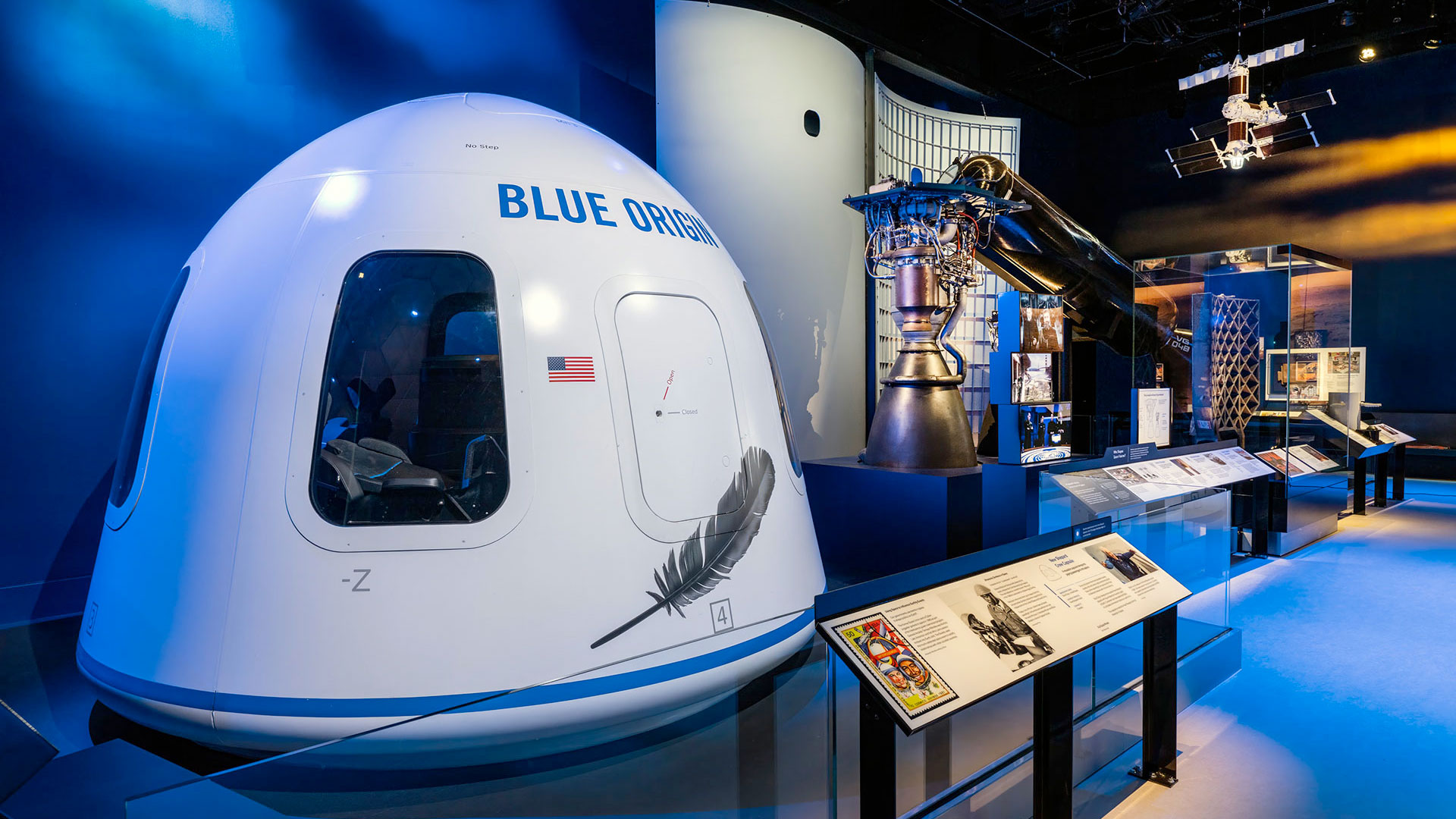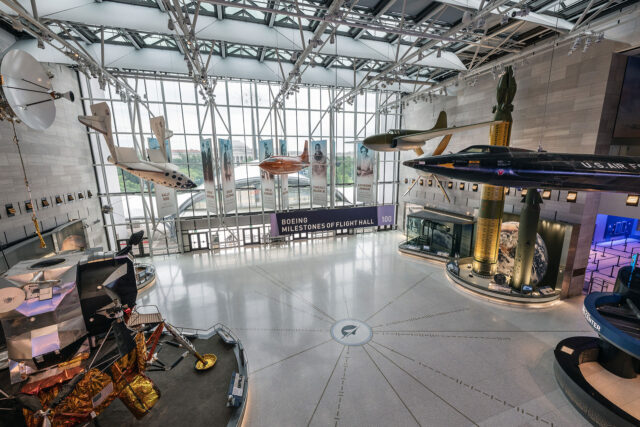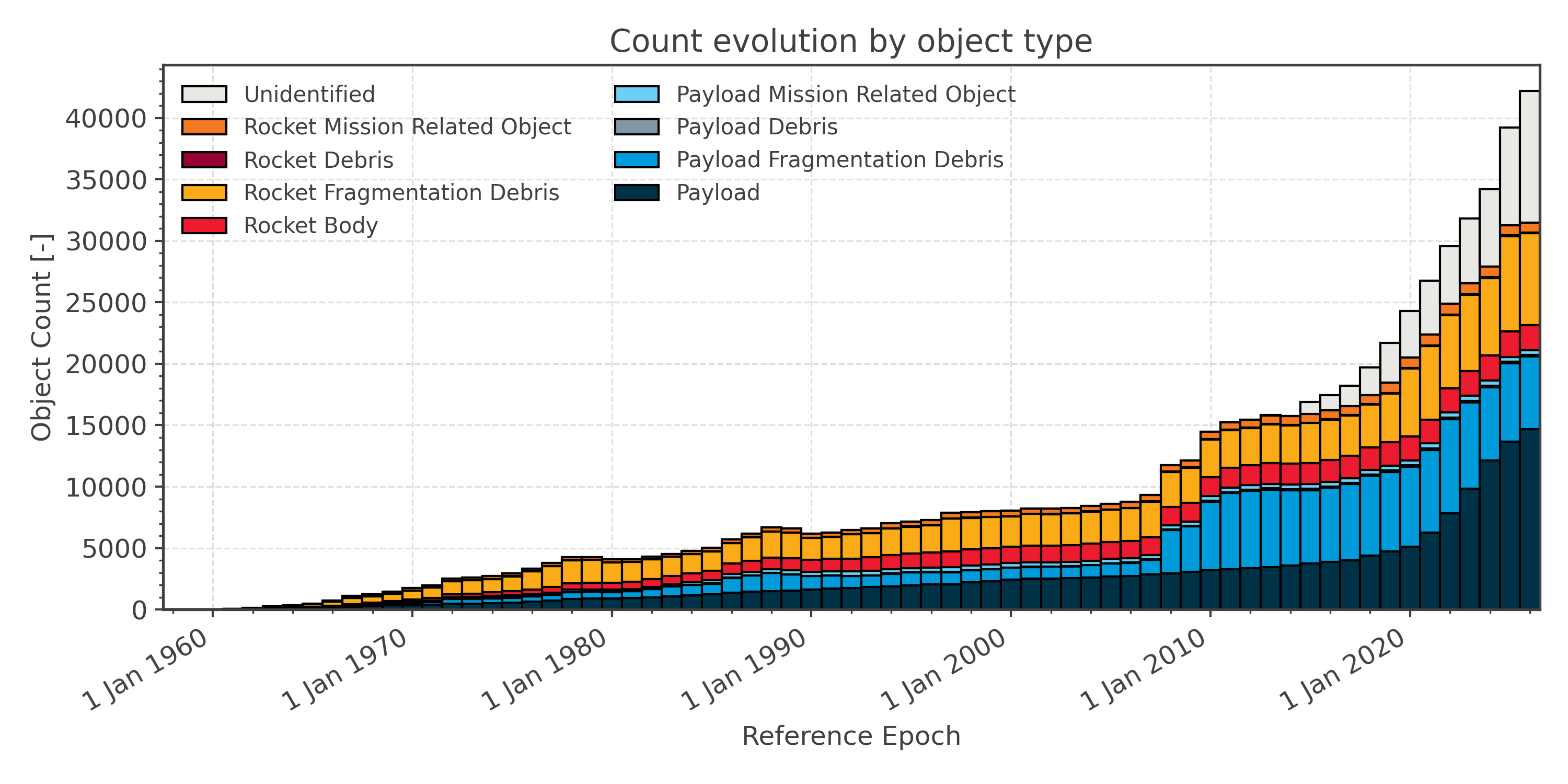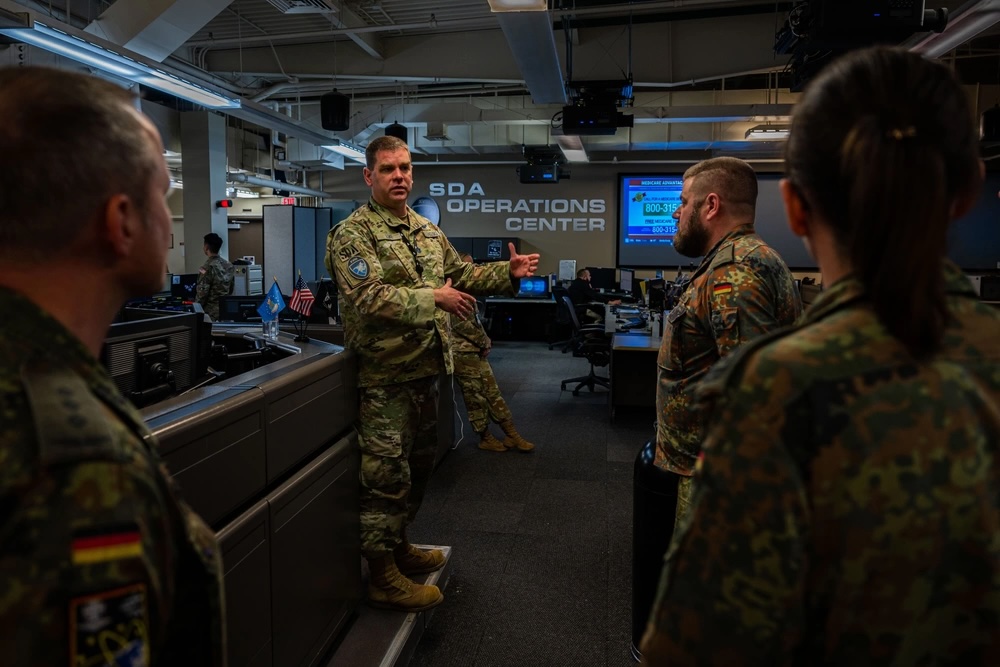Houston, you’ve got a space shuttle… only NASA won’t say which one
An orbiter by any other name…
“The acting administrator has made an identification.”
Don’t say Discovery: Acting NASA Administrator Sean Duffy has decided to send a retired space shuttle to Houston, but won’t say which one. Credit: Smithsonian/collectSPACE.com
Don’t say Discovery: Acting NASA Administrator Sean Duffy has decided to send a retired space shuttle to Houston, but won’t say which one. Credit: Smithsonian/collectSPACE.com
The head of NASA has decided to move one of the agency’s retired space shuttles to Houston, but which one seems to still be up in the air.
Senator John Cornyn (R-Texas), who earlier this year introduced and championed an effort to relocate the space shuttle Discovery from the Smithsonian to Space Center Houston, issued a statement on Tuesday evening (August 5) applauding the decision by acting NASA Administrator Sean Duffy.
“There is no better place for one of NASA’s space shuttles to be displayed than Space City,” said Cornyn in the statement. “Since the inception of our nation’s human space exploration program, Houston has been at the center of our most historic achievements, from training the best and brightest to voyage into the great unknown to putting the first man on the moon.”
Keeping the shuttle a secret, for some reason
The senator did not state which of NASA’s winged orbiters would be making the move. The legislation that required Duffy to choose a “space vehicle” that had “flown in space” and “carried people” did not specify an orbiter by name, but the language in the “One Big Beautiful Bill” that President Donald Trump signed into law last month was inspired by Cornyn and fellow Texas Senator Ted Cruz’s bill to relocate Discovery.
“The acting administrator has made an identification. We have no further public statement at this time,” said a spokesperson for Duffy in response to an inquiry.
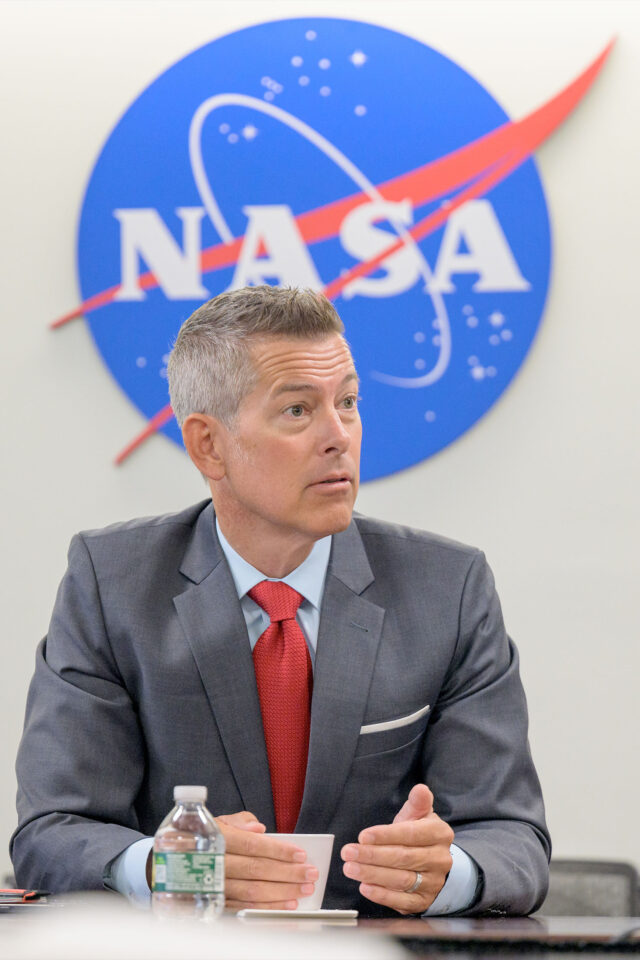
NASA’s acting administrator, Sean Duffy, identified a retired NASA space shuttle to be moved to “a non-profit near the Johnson Space Center” in Houston, Texas, on Aug. 5, 2025. Credit: NASA/Bill Ingalls
It is not clear why the choice of orbiters is being held a secret. According to the bill, the decision was to be made “with the concurrence of an entity designated” by the NASA administrator to display the shuttle. Cornyn’s release only confirmed that Duffy had identified the location to be “a non-profit near the Johnson Space Center (JSC).”
Space Center Houston is owned by the Manned Space Flight Education Foundation, a 501(c)3 organization, and is the official visitor’s center for NASA’s Johnson Space Center.
“We continue to work on the basis that the shuttle identified is Discovery and proceed with our preparations for its arrival and providing it a world-class home,” Keesha Bullock, interim COO and chief communications and marketing officer at Space Center Houston, said in a statement.
Orbiter owners
Another possible reason for the hesitation to name an orbiter may be NASA’s ability, or rather inability, to identify one of its three remaining space-flown shuttles that is available to be moved.
NASA transferred the title for space shuttle Endeavour to the California Science Center in Los Angeles in 2012, and as such it is no longer US government property. (The science center is a public-private partnership between the state of California and the California Science Center Foundation.)
NASA still owns space shuttle Atlantis and displays it at its own Kennedy Space Center Visitor Complex in Florida.
Discovery, the fleet leader and “vehicle of record,” was the focus of Cornyn and Cruz’s original “Bring the Space Shuttle Home Act.” The senators said they chose Discovery because it was “the only shuttle still owned by the federal government and able to be transferred to Houston.”
For the past 13 years, Discovery has been on public display at the Steven F. Udvar-Hazy Center in Chantilly, Virginia, the annex for the Smithsonian’s National Air and Space Museum in Washington, DC. As with Endeavour, NASA signed over title upon the orbiter’s arrival at its new home.
As such, Smithsonian officials are clear: Discovery is no longer NASA’s to have or to move.
“The Smithsonian Institution owns the Discovery and holds it in trust for the American public,” read a statement from the National Air and Space Museum issued before Duffy made his decision. “In 2012, NASA transferred ‘all rights, title, interest and ownership’ of the shuttle to the Smithsonian.”
The Smithsonian operates as a trust instrumentality of the United States and is partially funded by Congress, but it is not part of any of the three branches of the federal government.
“The Smithsonian is treated as a federal agency for lots of things to do with federal regulations and state action, but that’s very different than being an agency of the executive branch, which it most certainly is not,” Nick O’Donnell, an attorney who specializes in legal issues in the museum and visual arts communities and co-chairs the Art, Cultural Property, and Heritage Law Committee of the International Bar Association, said in an interview.
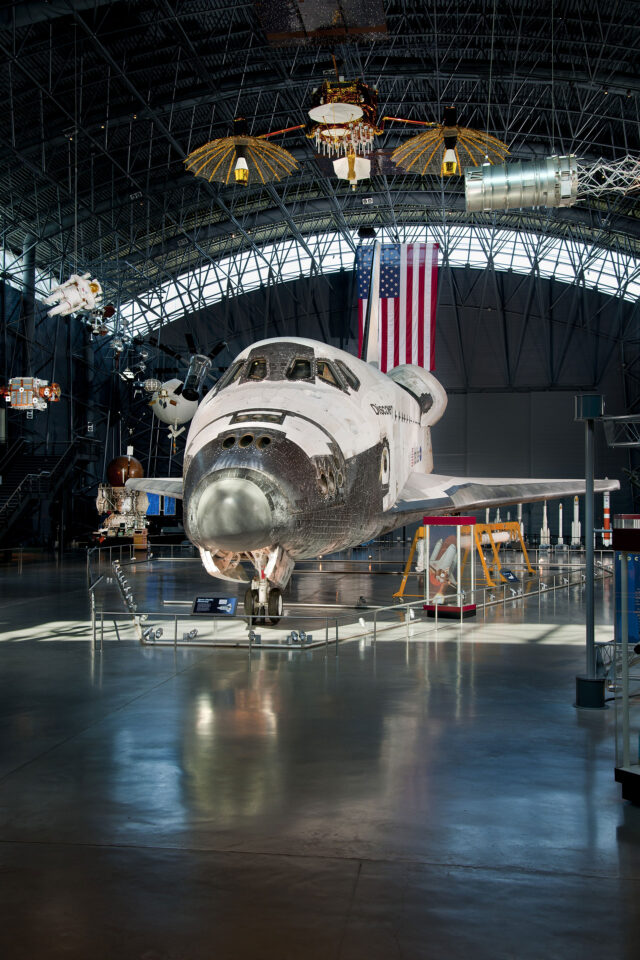
The Smithsonian has displayed the space shuttle Discovery at the National Air and Space Museum’s Steven F. Udvar-Hazy Center in Chantilly, Virginia, since April 2012. Credit: Smithsonian National Air and Space Museum
“If there’s a document that accompanied the transfer of the space shuttle, especially if it says something like, ‘all rights, title, and interest,’ that’s a property transfer, and that’s it,” O’Donnell said.
“NASA has decided to transfer all rights, interest, title, and ownership of Discovery to the Smithsonian Institution’s National Air and Space Museum,” reads the signed transfer of ownership for space shuttle orbiter Discovery (OV-103), according to a copy of the paperwork obtained by collectSPACE.
The Congressional Research Service also raised the issue of ownership in its paper, “Transfer of a Space Vehicle: Issues for Congress.”
“The ability of the NASA Administrator to direct transfer of objects owned by non-NASA entities—including the Smithsonian and private organizations—is unclear and may be subject to question. This may, in turn, limit the range of space vehicles that may be eligible for transfer under this provision.”
Defending Discovery
The National Air and Space Museum also raised concerns about the safety of relocating the space shuttle now. The One Big Beautiful Bill allocated $85 million to transport the orbiter and construct a facility to display it. The Smithsonian contends it could be much more costly.
“Removing Discovery from the Udvar-Hazy Center and transporting it to another location would be very complicated and expensive, and likely result in irreparable damage to the shuttle and its components,” the museum’s staff said in a statement. “The orbiter is a fragile object and must be handled according to the standards and equipment NASA used to move it originally, which exceeds typical museum transport protocols.”
“Given its age and condition, Discovery is at even greater risk today. The Smithsonian employs world-class preservation and conservation methods, and maintaining Discovery‘s current conditions is critical to its long-term future,” the museum’s statement concluded.
The law directs NASA to transfer the space shuttle (the identified space vehicle) to Space Center Houston (the entity designated by the NASA administrator) within 18 months of the bill’s enactment, or January 4, 2027.
In the interim, an amendment to block funding the move is awaiting a vote by the full House of Representatives when its members return from summer recess in September.
“The forced removal and relocation of the Space Shuttle Discovery from the Smithsonian Institution’s Air and Space Museum is inappropriate, wasteful, and wrong. Neither the Smithsonian nor American taxpayers should be forced to spend hundreds of millions of dollars on this misguided effort,” said Rep. Joe Morelle (D-NY), who introduced the amendment.
A grassroots campaign, KeepTheShutle.org, has also raised objection to removing Discovery from the Smithsonian.
Perhaps the best thing the Smithsonian can do—if indeed it is NASA’s intention to take Discovery—is nothing at all, says O’Donnell.
“I would say the Smithsonian’s recourse is to keep the shuttle exactly where it is. It’s the federal government that has no recourse to take it,” O’Donnell said. “The space shuttle [Discovery] is the Smithsonian’s, and any law that suggests the intention to take it violates the Fifth Amendment on its face—the government cannot take private property.”
Robert Pearlman is a space historian, journalist and the founder and editor of collectSPACE, a daily news publication and online community focused on where space exploration intersects with pop culture. He is also a contributing writer for Space.com and co-author of “Space Stations: The Art, Science, and Reality of Working in Space” published by Smithsonian Books in 2018. He is on the leadership board for For All Moonkind and is a member of the American Astronautical Society’s history committee.
Houston, you’ve got a space shuttle… only NASA won’t say which one Read More »
